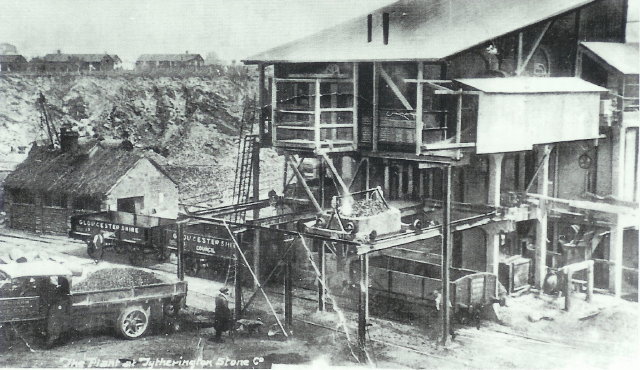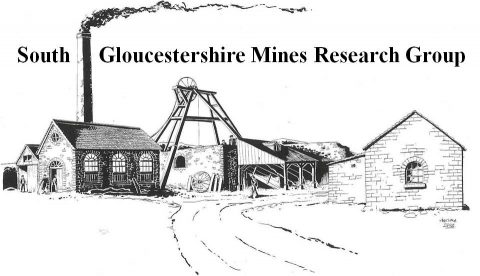By David Hardwick
Extracting stone, including ‘open-cast’ mining, i.e. quarrying, has taken place in the South Gloucestershire area since prehistory. Quarries range in size from the small ones, found near many villages, to enormous excavations such as those at Wickwar, Tytherington and Chipping Sodbury. Jurassic limestone was made famous by the Georgian architecture of Bath, and was extracted extensively in the hills around the city, as well as in South Gloucestershire.
Amongst the types of stone extracted are Carboniferous limestone, Blue Pennant sandstone, the red sandstone, and oolitic limestone.
More mundanely, limestone was crushed and burned in limekilns throughout the area to produce lime. Examples of these kilns still exist, for example near Tytherington. Lime was an essential ingredient in mortar, render, and whitewash, and had other applications such as spreading on fields to counter the acidity of some local soils.

